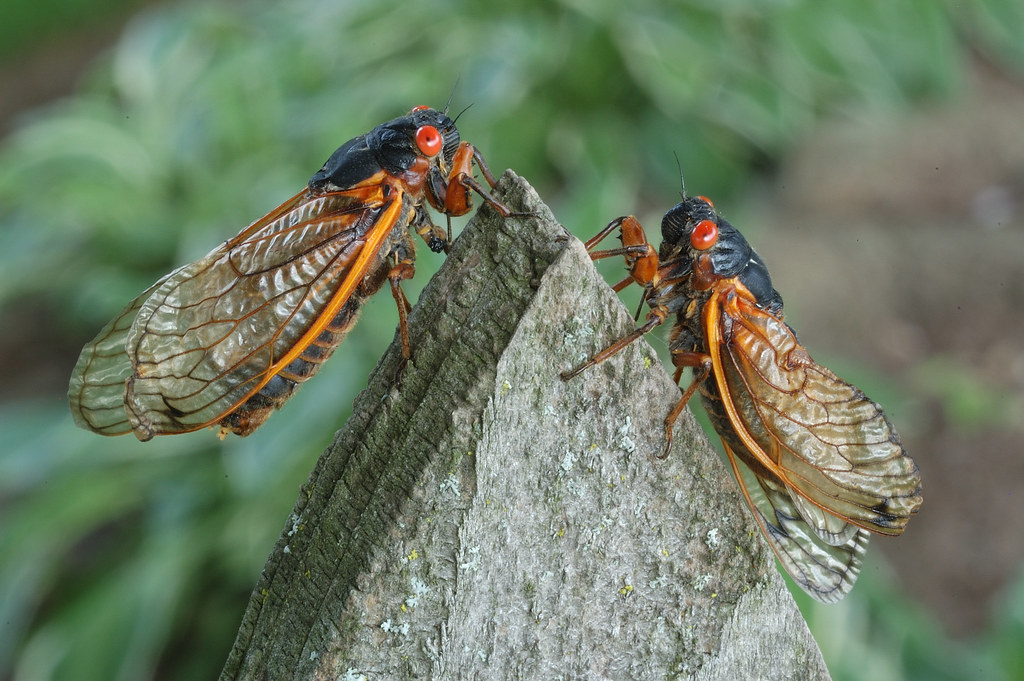The next time you’re sitting outside on a warm summer evening, pause for a moment and really listen. That symphony surrounding you isn’t just random noise – it’s one of the most sophisticated communication networks on Earth. Every chirp, buzz, hum, and click carries a specific message, whether it’s a desperate plea for romance, a territorial warning, or a dinner invitation that could mean life or death. Scientists have spent decades cracking these tiny codes, and what they’ve discovered will change how you hear the world around you forever.
The Cricket Love Songs That Drive Females Wild

Male crickets are essentially the smooth jazz musicians of the insect world, and their wing-rubbing serenades are far more complex than most people realize. Each species has its own unique rhythm and frequency, like a musical fingerprint that prevents cross-species confusion during mating season. The house cricket produces about 4,000 chirps per hour when actively seeking a mate, with each chirp sequence carefully calibrated to travel the perfect distance without losing its romantic appeal. What’s truly fascinating is that female crickets can distinguish between a confident, healthy male’s song and a weaker competitor’s attempt from over 100 feet away. Temperature plays a crucial role too – warmer nights mean faster chirping, which is why you can actually estimate the temperature by counting cricket chirps and applying a simple mathematical formula.
Bee Communication Beyond the Waggle Dance
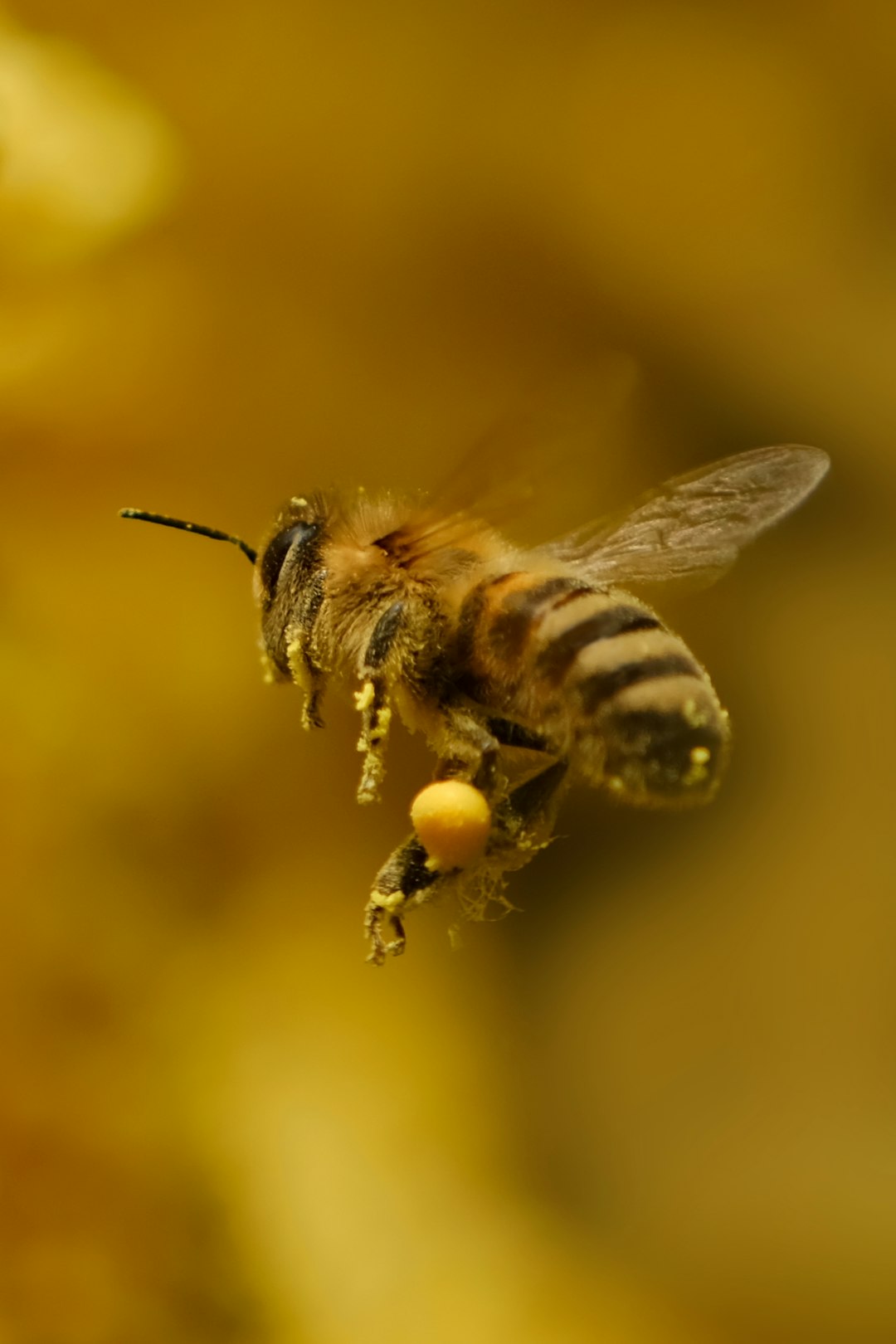
While most people know about the famous waggle dance, honeybees actually produce over a dozen different acoustic signals that serve as their primary communication system within the dark hive. The queen’s piping calls can silence thousands of worker bees instantly, while her rival virgin queens respond with their own counter-pipes in a deadly acoustic duel that determines the hive’s future leadership. Worker bees emit specific buzzing frequencies when they’ve discovered a particularly rich nectar source, essentially broadcasting a dinner advertisement to their sisters. During swarming season, scout bees use rapid wing vibrations to create recruitment calls that can convince an entire colony to abandon their home and follow them to a new location. Perhaps most remarkably, bees can even produce “stop signals” – brief acoustic pulses that tell their nestmates to halt whatever they’re doing immediately, usually in response to danger.
Mosquito Mating Calls You Never Knew Existed
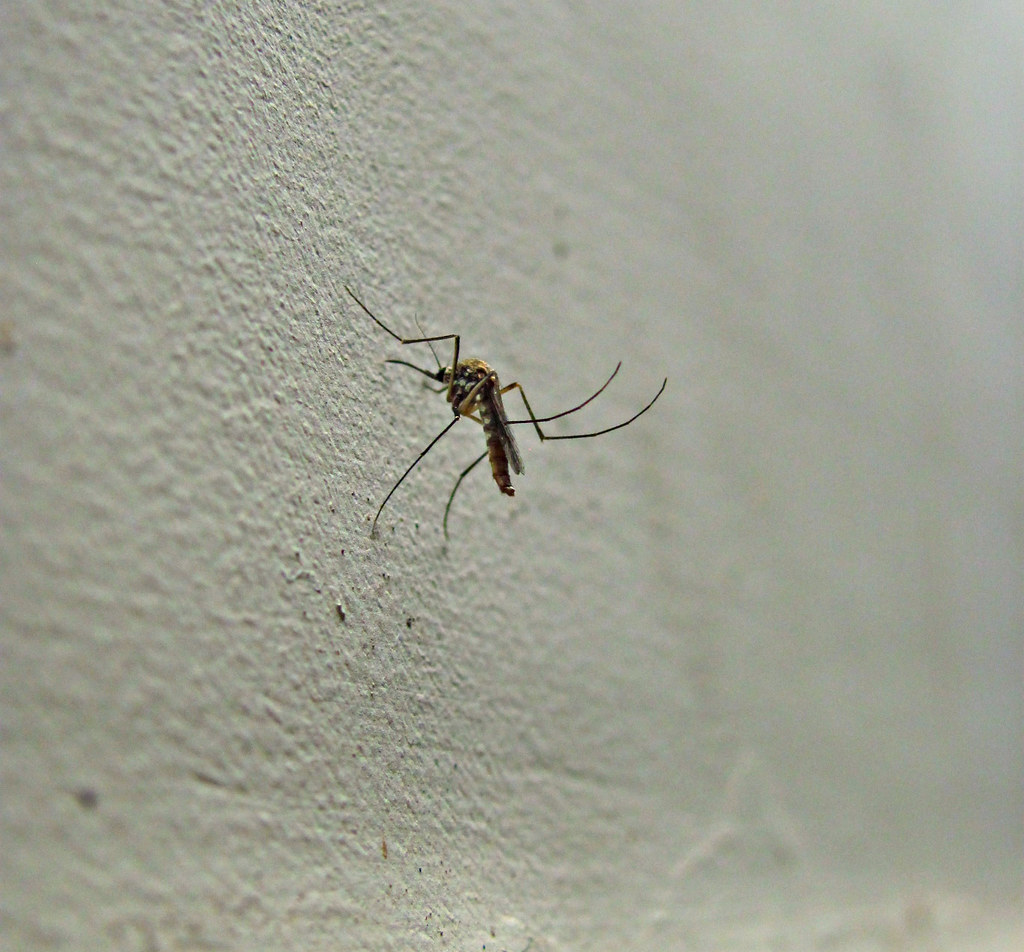
That annoying whine of a mosquito approaching your ear is actually part of an incredibly sophisticated acoustic mating system that most people never get to witness. Male and female mosquitoes beat their wings at different frequencies – typically males at around 600 Hz and females at 400 Hz – but when a potential couple meets, something magical happens. They synchronize their wing beats to create harmonic overtones, essentially creating a duet that signals their compatibility and readiness to mate. This acoustic courtship can last several seconds and involves rapid frequency adjustments that require split-second timing and remarkable auditory processing. Different mosquito species have evolved distinct harmonic signatures, which prevents interbreeding and maintains species boundaries. Scientists have even discovered that some mosquitoes can adjust their wing-beat frequency in real-time to match potential partners, showing a level of acoustic flexibility that rivals some songbirds.
Cicada Choruses That Can Damage Human Hearing
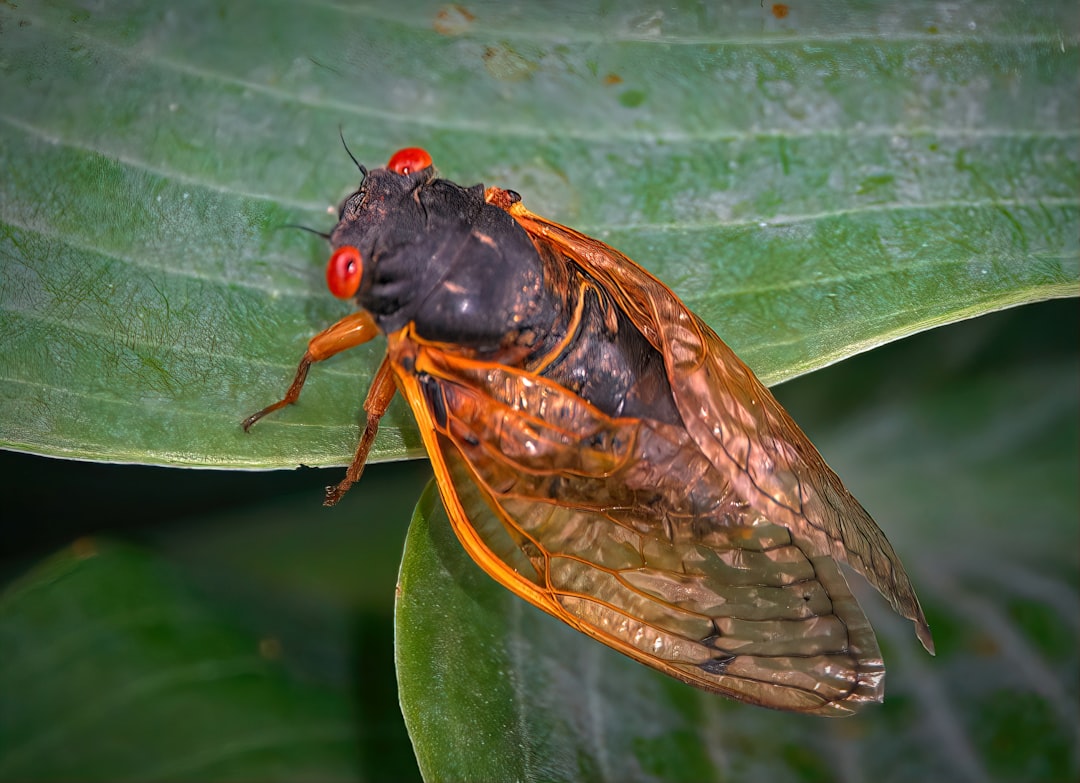
Cicadas hold the record for being the loudest insects on Earth, with some species producing calls that reach 120 decibels – loud enough to cause permanent hearing damage if you’re standing too close. These deafening performances aren’t just showing off; they’re carefully orchestrated mass communication events that can involve millions of individuals across hundreds of square miles. Male cicadas use specialized organs called tymbals to create their signature sounds, which can travel over a mile through dense forest without losing their clarity. The timing of these choruses is crucial – they typically peak during the hottest part of the day when ambient noise is lowest, ensuring maximum transmission efficiency. What makes cicada communication truly extraordinary is their ability to synchronize across vast distances, creating wave-like patterns of sound that sweep across entire landscapes like an acoustic tsunami.
Ant Chemical Communication Translated into Sound

While ants are famous for their chemical trail systems, many species also produce acoustic signals that serve as backup communication channels when chemical messages aren’t enough. Leaf-cutter ants create tiny scraping sounds by rubbing specialized body parts together, producing calls that help coordinate their complex fungus-farming operations. These sounds can travel through soil and plant material, allowing ants to communicate even when they’re separated by obstacles that would block chemical signals. Some species produce alarm calls when their nest is threatened, creating rapid-fire acoustic warnings that spread through the colony faster than chemical alerts. Carpenter ants tap out coded messages on wood surfaces, using different rhythms to indicate the location and severity of threats or the discovery of new food sources.
Butterfly Wing Beats That Create Invisible Messages
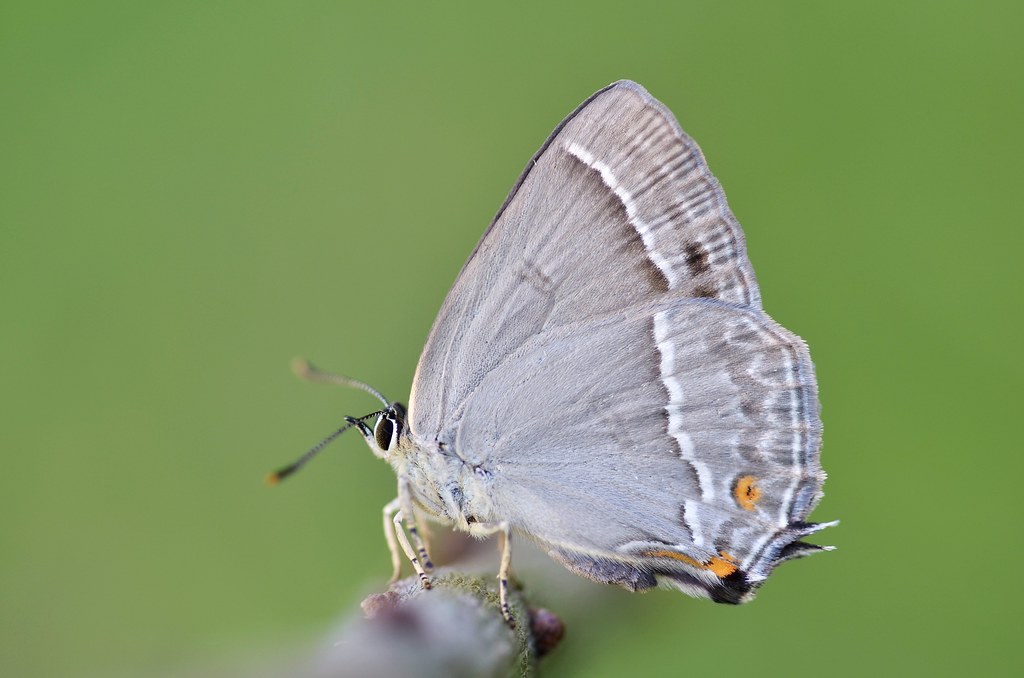
Most people think of butterflies as silent creatures, but many species produce ultrasonic calls that are completely inaudible to human ears yet essential for their survival. These high-frequency sounds, created by rapid wing movements, serve multiple purposes from mate recognition to predator deterrence. Some butterfly species can produce calls reaching 50 kHz – well beyond the range of human hearing but perfectly audible to their intended audience. Male butterflies often use these acoustic signals in combination with visual displays, creating multimedia courtship performances that are far more complex than their silent appearance suggests. Certain species have even evolved to produce clicking sounds that startle potential predators, buying them precious seconds to escape when under attack.
Beetle Percussion Sections in Dead Wood
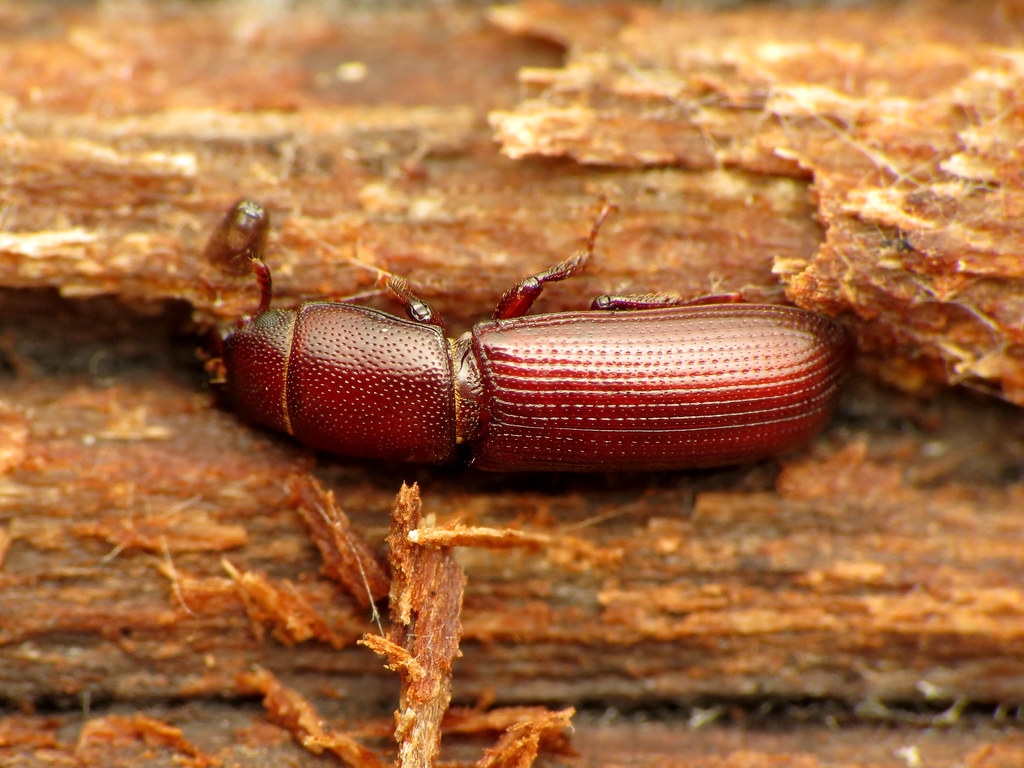
Bark beetles and wood-boring beetles have developed some of the most sophisticated percussion-based communication systems in the insect world. These tiny musicians use their heads to tap out complex rhythms on tunnel walls, creating acoustic signatures that can be detected by potential mates from considerable distances. Each species has its own distinct drumming pattern, like a morse code that prevents confusion between different beetle types sharing the same dead tree. The acoustic properties of wood actually amplify and modify these signals, meaning beetles have learned to adjust their drumming intensity and rhythm based on the type of wood they’re inhabiting. Some species can even coordinate their drumming with neighbors, creating synchronized percussion ensembles that may help overwhelm predator detection systems.
Grasshopper Leg Rubbing Decoded
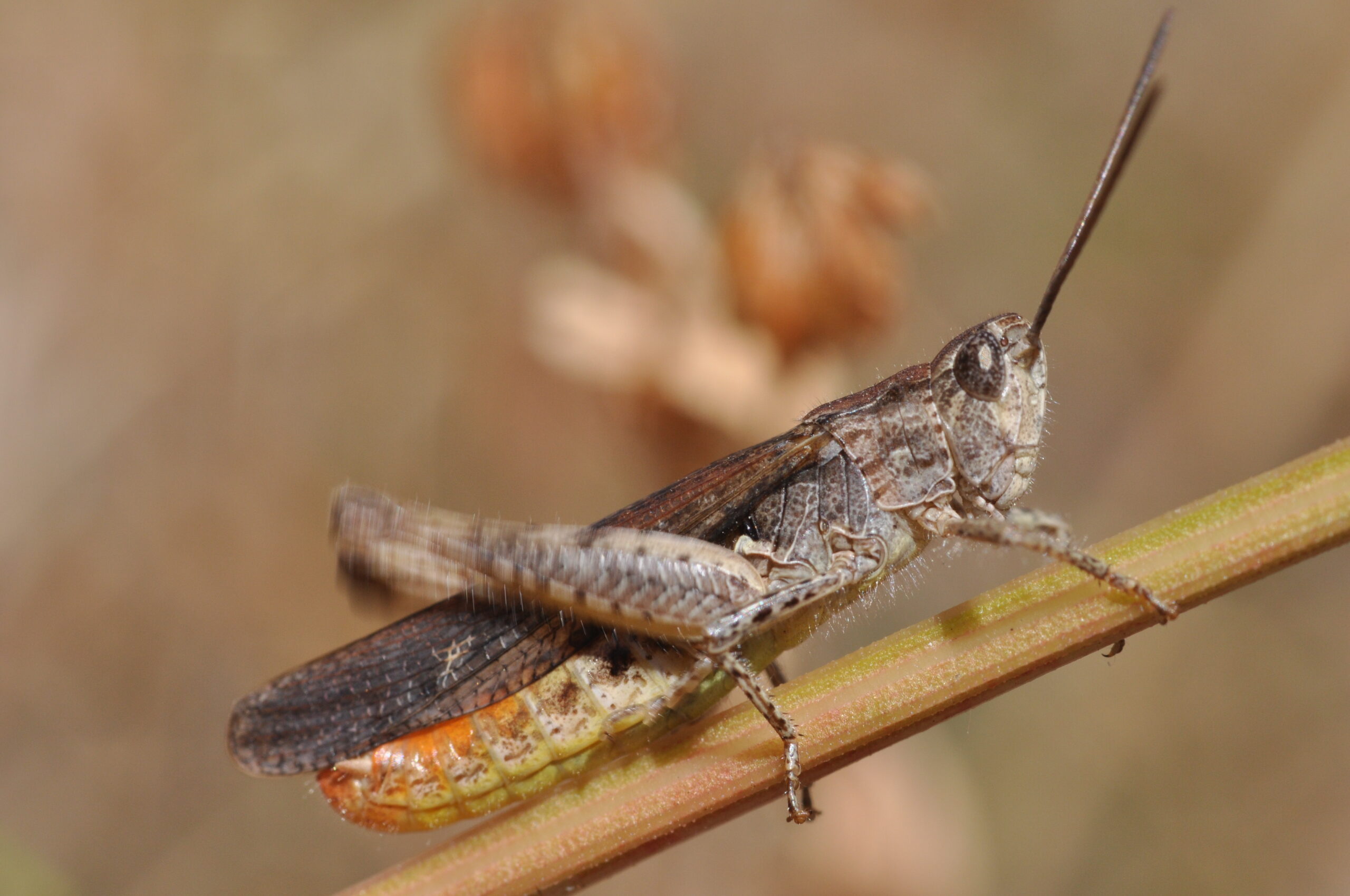
Grasshoppers and their cricket cousins have mastered the art of stridulation – creating sound by rubbing body parts together – but their acoustic repertoire extends far beyond simple mating calls. Different leg movements produce distinct message types, from territorial warnings to distress calls that alert nearby grasshoppers to danger. The angle, speed, and pressure of leg-to-wing contact can modify the acoustic signal dramatically, allowing for hundreds of different message variations within a single species. Some grasshoppers can even produce dueling calls, engaging in acoustic competitions where males try to out-perform each other with increasingly complex and energetic displays. Environmental factors like wind speed and vegetation density influence how grasshoppers modify their calls to ensure successful message transmission.
Termite Head-Banging Warning Systems

When termite colonies face threats, soldier termites respond with one of nature’s most unusual alarm systems – synchronized head-banging that creates vibrations throughout their wooden or earthen homes. These rapid percussion sessions can involve thousands of individuals simultaneously drumming against tunnel walls, creating seismic waves that travel through the substrate faster than any chemical signal could spread. Different types of threats trigger distinct drumming patterns, allowing the colony to customize their response based on whether they’re facing ants, predatory beetles, or structural damage to their nest. The acoustic properties of termite mounds actually amplify these signals, turning entire structures into resonating chambers that can broadcast danger alerts across impressive distances. Some species have evolved to recognize and respond to the drumming patterns of neighboring colonies, creating inter-colonial communication networks that span multiple termite communities.
Fly Wing Harmonics During Aerial Battles
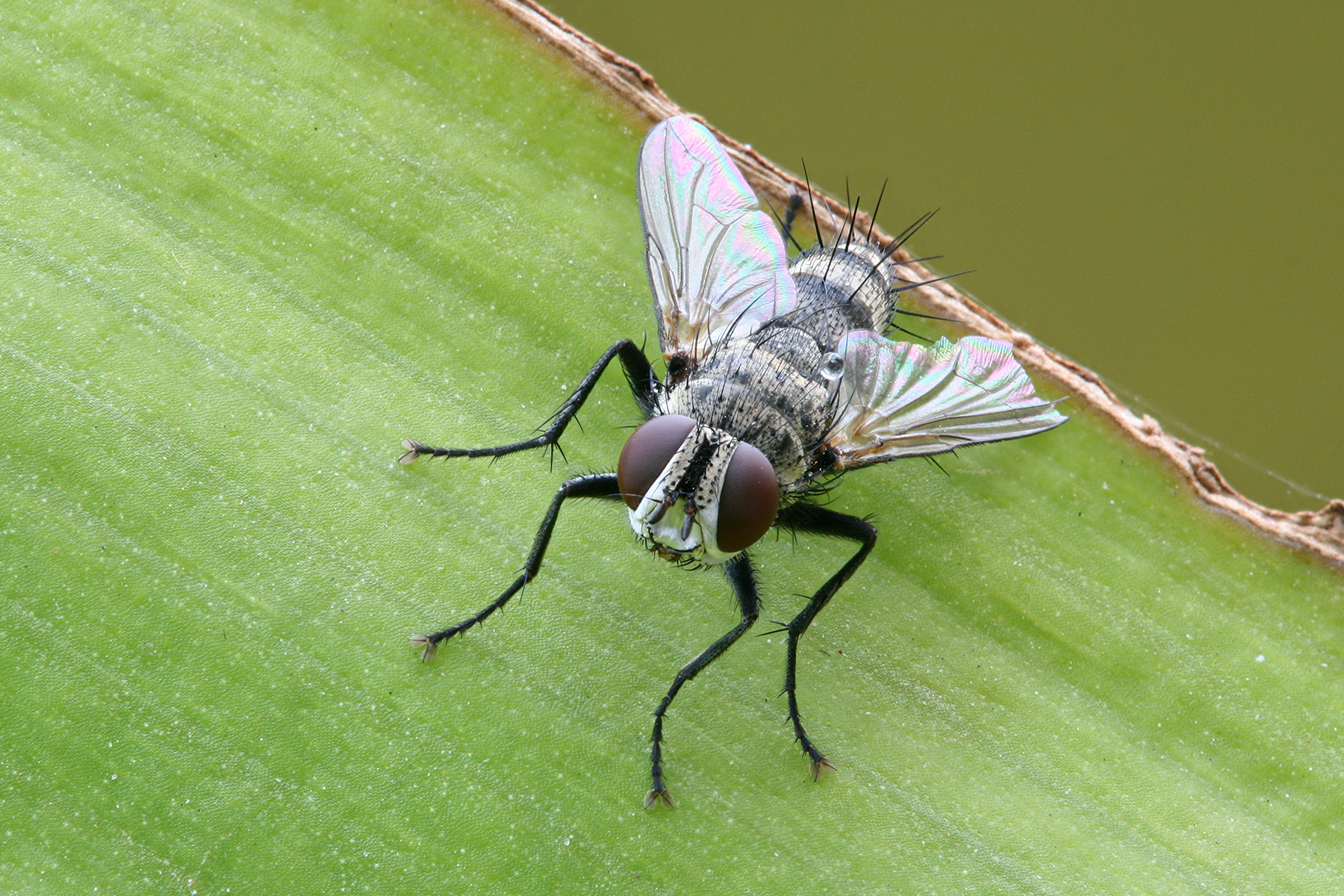
Many flies produce complex acoustic displays during territorial disputes and courtship rituals, using their wing-beat frequencies as both weapons and love songs. Male fruit flies can adjust their wing-beat patterns in real-time during aerial chases, creating frequency shifts that serve as acoustic intimidation tactics against rivals. Some species engage in aerial dueling where competitors try to match or overwhelm each other’s wing-beat frequencies, essentially fighting with sound waves rather than physical contact. The harmonics created by multiple flies flying in formation can produce beat frequencies that carry information about group size and coordination to distant observers. Certain predatory flies even use acoustic camouflage, adjusting their wing-beat patterns to mimic harmless species and avoid detection by potential prey.
Moth Ultrasonic Conversations We Can’t Hear

The night sky is filled with ultrasonic chatter from moths engaged in high-frequency conversations that remain completely invisible to human perception. These acoustic exchanges serve multiple purposes, from coordinating mating flights to sharing information about predator locations and food sources. Some moth species can produce calls reaching 100 kHz – five times higher than the upper limit of human hearing – allowing them to communicate without alerting bat predators who hunt using similar frequencies. Male moths often engage in acoustic competition, trying to produce the most attractive ultrasonic calls while simultaneously listening for rivals who might interfere with their mating attempts. The ability to hear and respond to these ultrasonic signals has become so important that some moths have evolved specialized hearing organs that are among the most sensitive acoustic detectors in the animal kingdom.
Wasp Alarm Calls That Mobilize Entire Colonies

Social wasps have developed some of the most sophisticated alarm communication systems in the insect world, capable of mobilizing hundreds of defenders within seconds of detecting a threat. Different types of dangers trigger distinct acoustic signatures – a bird attack produces different warning calls than a mammalian intruder, allowing the colony to mount an appropriate defense response. These alarm calls can propagate through a wasp nest in under two seconds, faster than visual or chemical signals could spread through the complex structure. Some species use acoustic signals to coordinate group attacks, with specific call patterns that help synchronize stinging assaults on large threats. The intensity and frequency of alarm calls also convey information about threat severity, allowing individual wasps to decide whether to join the defense or continue with other colony tasks.
How Scientists Use Technology to Decode Insect Languages

Modern acoustic analysis technology has revolutionized our ability to decode insect communication, using sophisticated equipment that can capture and analyze sounds far beyond human perception. High-speed cameras synchronized with ultrasonic microphones allow researchers to correlate specific body movements with the acoustic signals they produce, creating detailed dictionaries of insect languages. Artificial intelligence and machine learning algorithms can now identify individual insects by their acoustic signatures, tracking specific individuals across multiple recording sessions and mapping their communication networks. Some research teams use laser vibrometry to detect the tiny vibrations insects create on surfaces, revealing communication channels that were previously invisible to science. Advanced signal processing techniques can separate individual insect calls from noisy environments, allowing scientists to study communication behavior in natural settings without laboratory interference.
The Future of Insect Communication Research

Emerging technologies are opening new frontiers in our understanding of insect communication, with researchers developing bio-inspired devices that could revolutionize human technology. Scientists are working on acoustic pest control systems that use insects’ own communication signals against them, potentially offering environmentally friendly alternatives to chemical pesticides. Advanced sensor networks could monitor insect communication patterns across entire ecosystems, providing early warning systems for agricultural pests or tracking the health of pollinator populations. Some researchers are exploring the possibility of two-way communication with insects, developing devices that could “speak” insect languages and potentially influence their behavior for conservation or agricultural purposes. The growing field of acoustic ecology is revealing how human noise pollution disrupts insect communication networks, leading to new approaches for protecting these crucial acoustic environments.
Conclusion: What This Means for Our Understanding of Nature
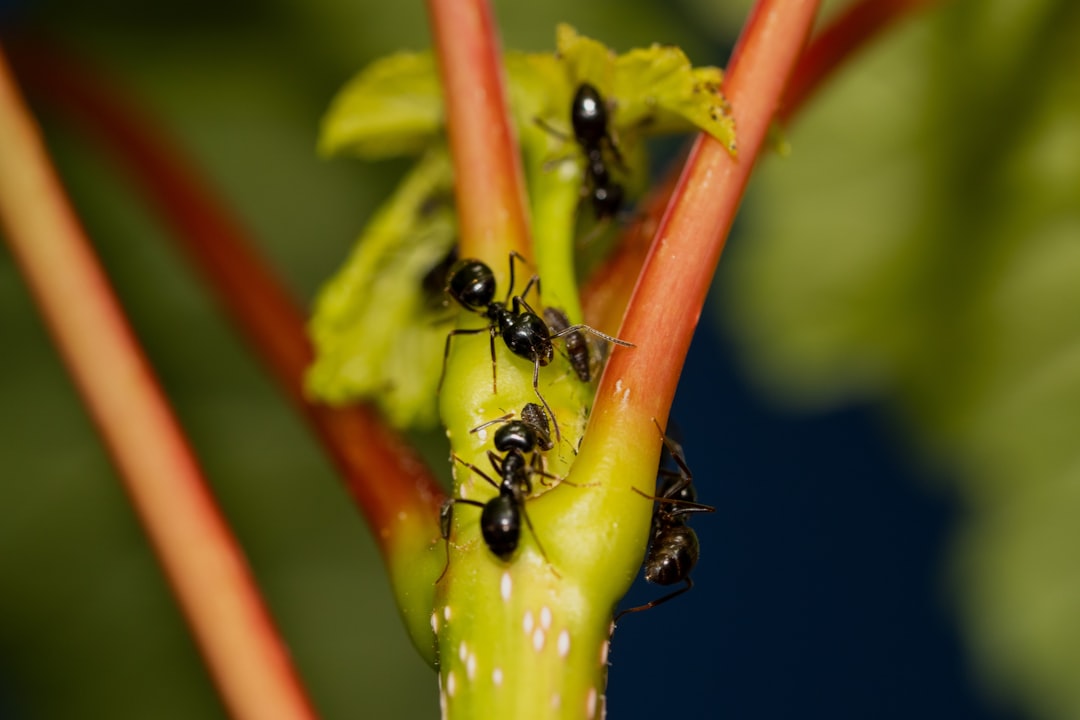
Every time you step outside, you’re surrounded by conversations, arguments, love songs, and emergency broadcasts that most humans never realize are happening. These tiny creatures have been perfecting their communication systems for millions of years, developing acoustic technologies that put our best engineering to shame. The next time a mosquito buzzes past your ear or crickets serenade you to sleep, remember that you’re witnessing one of nature’s most sophisticated communication networks in action. Understanding these acoustic worlds doesn’t just satisfy scientific curiosity – it opens doors to new technologies, better conservation strategies, and a deeper appreciation for the complexity of life around us. What other conversations might be happening right outside your window that you’ve never thought to listen for?

